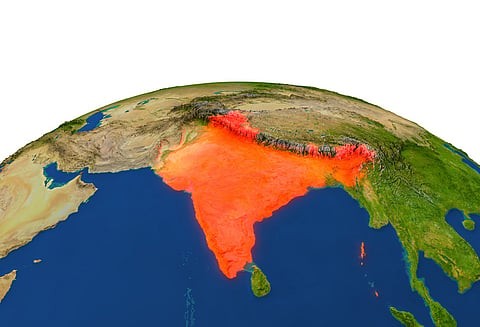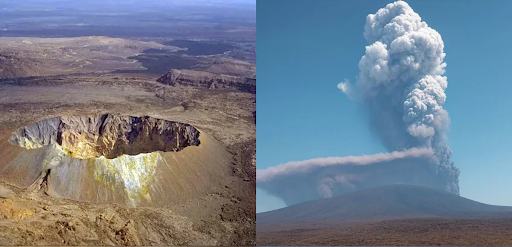



.jpg)
.jpg)
Disclaimer: Copyright infringement not intended.
Context
About

How does Aurora form?
|
PRACTICE QUESTION The Stable Auroral Arc (SAR) has been a subject of growing interest in the field of space science. Examine the characteristics, formation mechanisms, and scientific significance of the Stable Auroral Arc. |






© 2025 iasgyan. All right reserved